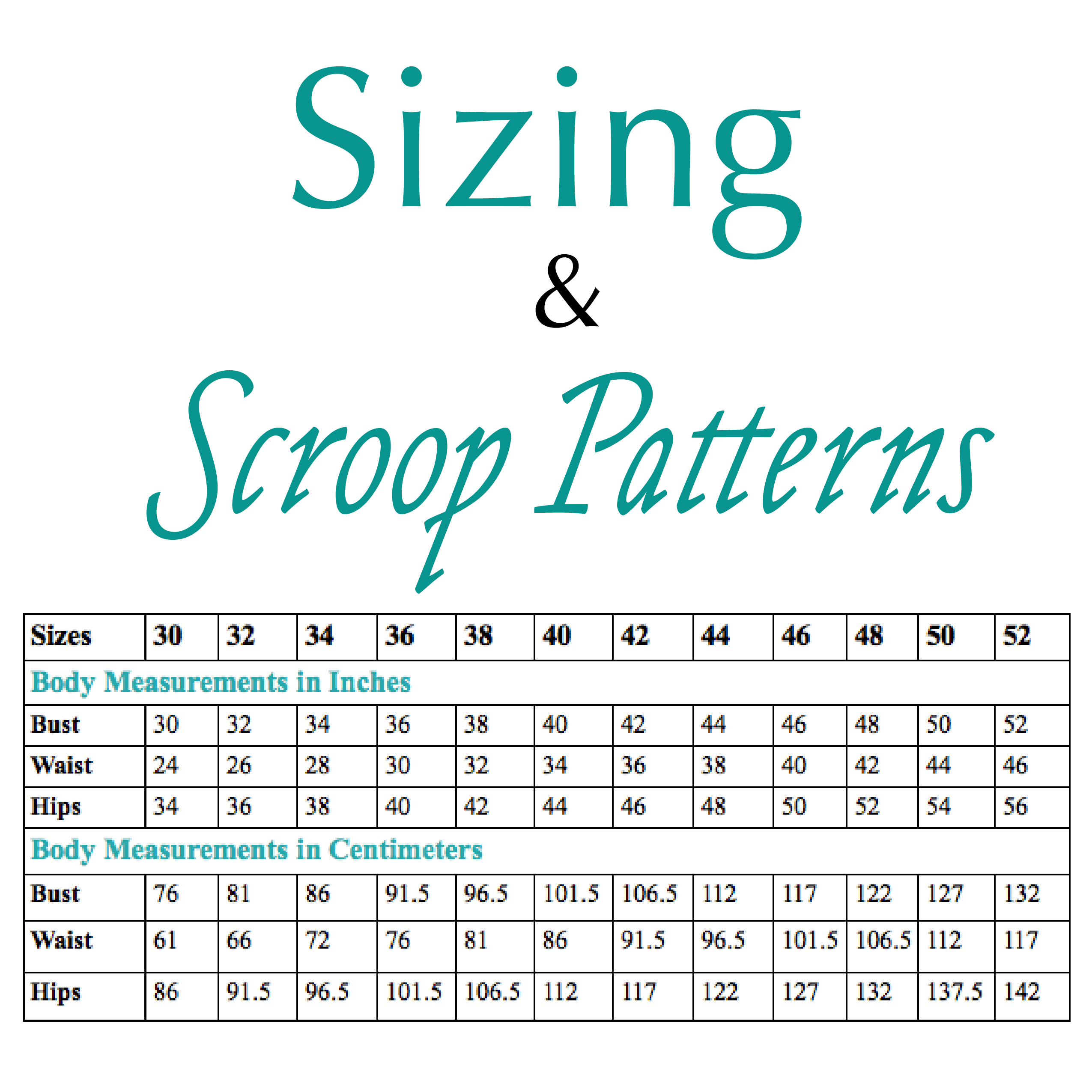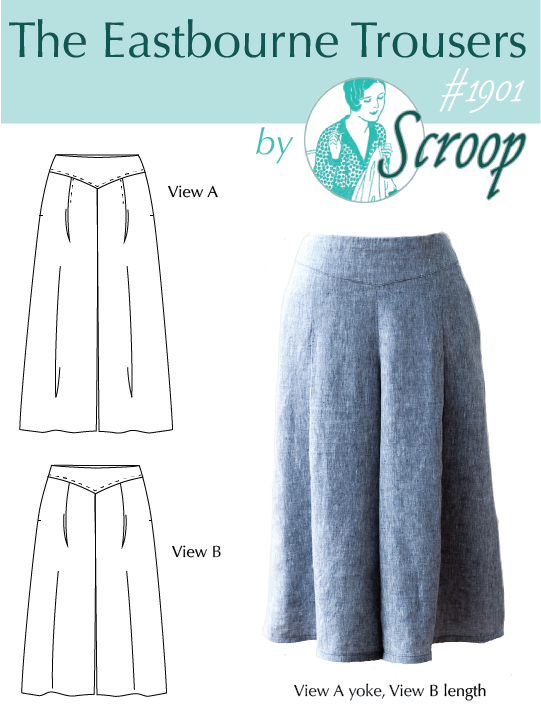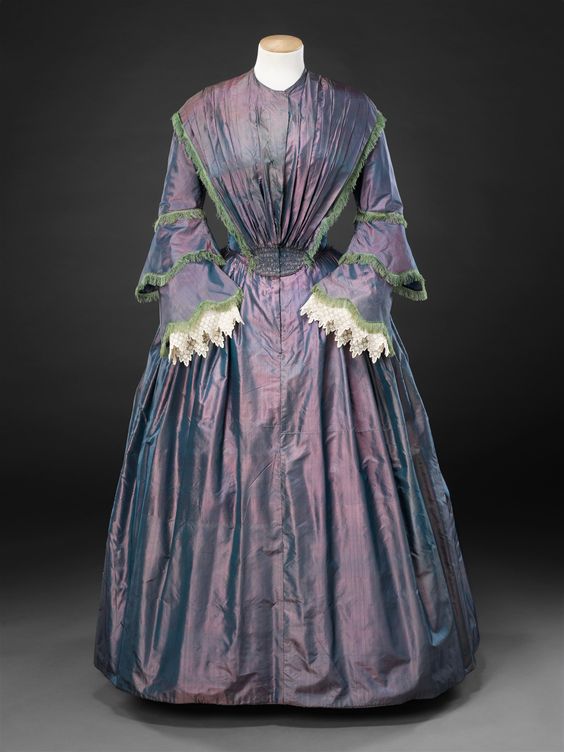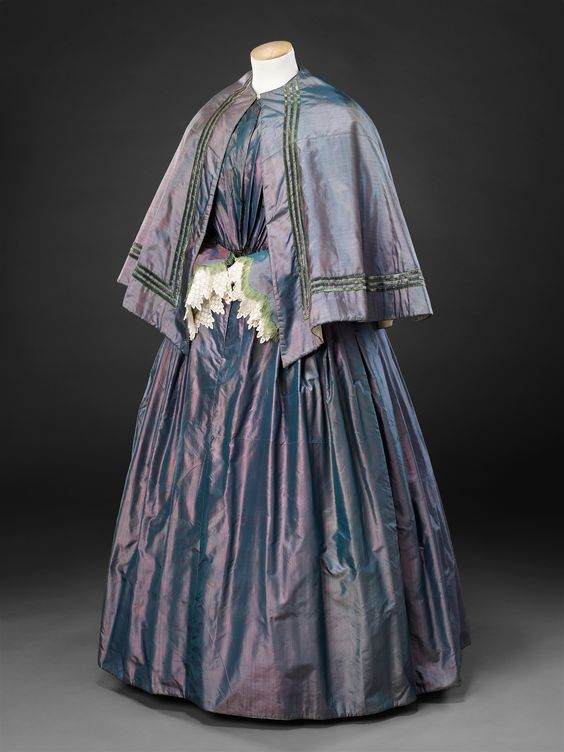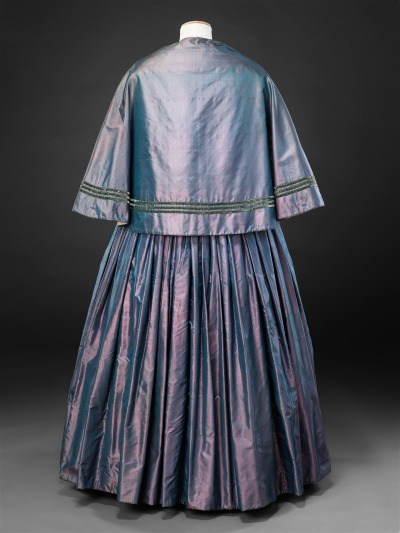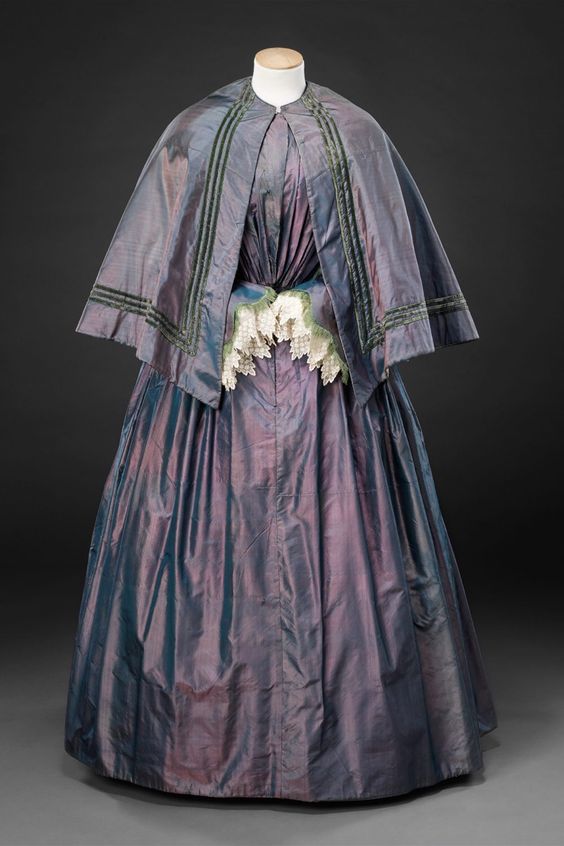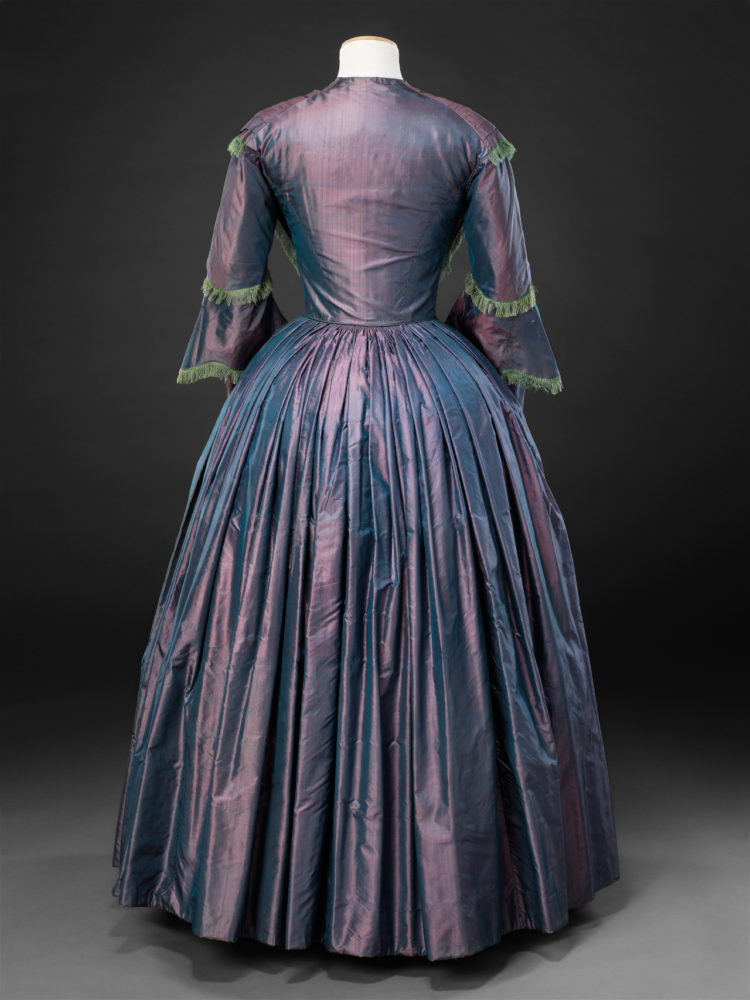There has been a big discussion on sizing, and being size inclusive, in the sewing community in the last few days. I posted a little bit about the Scroop Patterns sizing range, how Scroop Patterns started, and why I chose the size range I did on instagram. However, I thought this is really something that deserves a longer, more thoughtful blog post. IG’s word count is pretty limited!
Scroop Patterns grew out of my work as a sewing teacher, and as a result, being as size inclusive as possible was one of the primary goals of the pattern line from the very beginning.
The most common reason people give for coming to a sewing class is because they can’t find ready-to-wear (RTW) clothes that fit properly.
When I started teaching sewing it was incredibly hard to find patterns that women in a whole range of sizes could make. The Big5 options were blah and often terribly drafted, and almost no indie pattern labels went above a 44″ bust. I hated having to tell women that a pattern didn’t come in their size.
I graded up a fair few commercial patterns just to make sure women could take my class – and started making my own patterns. I learned pattern grading in university, studying stage costuming. I didn’t realise how rare it was it at the time, but my course included drafting for plus sizes, and fitting plus sizes, which very few fashion courses do.
I got lots more experience fitting a huge range of body shapes and sizes as a sewing teacher. Wellington NZ is an amazing place to be a sewing teacher, because students come from such a huge range of backgrounds. New Zealand is a very ethnically diverse country, and Wellington is a very cosmopolitan city. One of the things that people do when they move to a new city is to take classes to meet people. So I’ve gotten to help women from all over the world, from Latvia, to Ghana, to Malaysia, fit patterns on themselves. And I got to see, over and over again, the types of fit adjustments that women needed to make to most commercial patterns.
I also got lots of help from amazing friends with different body shapes who were willing to let me test things on them, and ask them questions about their bodies. This isn’t an easy thing to do, and it took true friends to not be insulted, and to tell me when I was making comments or assumptions based on my body that were rude and hurtful to other body types, and to take the time to teach me. I owe them a lot. Educating myself to be more inclusive took teachers with extreme patience and love – and it’s an ongoing process.
My first patterns were hand drawn and photocopied (and heck, at the time that’s what some Indie pattern lines were selling), but they FIT a wide range of women as well as a single pattern possible could.
So I learned CAD programming, and my patterns started looking a lot posher, but I still developed them with the same goal: if I teach a class based on my pattern, I want women of every size to feel that they can take the class, and make the garment, and not have to make any more adjustments than someone much closer to my measurements.
Every Scroop Pattern is either made on a 38 and 46 block, and tested and graded up and down from there, or (for simpler shapes) made on a 38 block, and fully checked and re-fit at 46.
Both blocks are based on my body shape: average verging on very slightly narrow shoulders, average verging on very slightly narrow back, B cups (sewing B, which isn’t the same as bra B – a much higher percentage of women are a sewing B than a bra B), slightly pear shaped, with a full bottom.
This is my body shape, but in many ways it represents the most common adjustments I help sewers make to commercial patterns.
I show women how to do narrow shoulder adjustments more than 12x as often as I show women how to do broad shoulder adjustments. I help people grade up in the hips, or do full bottom adjustments, far, far more often than the reverse.
My B cup is smaller than the average it’s true, but on pattern where cup size really makes a difference to fit (like the Ngaio blouse) I do the full bust adjustment for people, and build in multiple cup options.
Armed with this perspective on sizing, I started Scroop Patterns out in 2016 with a 30-50″ bust size range. In mid 2017, from the Rilla Corset onwards, I felt secure enough in the fit of my patterns to begin offering them in a 30-52″ range.
Will they fit everyone perfectly? No, of course not! No pattern can. Every body is different, and unless you’re shaped exactly like my block, you’re going to need to do a bit of adjusting.
But hopefully, by giving a lot of fit choices, like the multi cup sizes in the Ngaio Blouse, and the two hip flare choices in the Rilla Corset, I’ve made the job a lot easier.
And I’m always researching and growing, in the hopes of making my patterns even more inclusive.
The Economic Realities of an inclusive size range
OK, above was all the fun, happy part, about how important I felt it was for Scroop to offer a broad size range, and how I developed it, and how proud I am of it and the amazing women who helped me develop it.
Here is the not-fun economic part, which is why I don’t blame any very small, one person Indie Pattern company for not having an inclusive size range.
Why?
Developing patterns that come in 10+ sizes is really, really expensive. 
In case the bold doesn’t make enough impact, let me say this again even larger:
Developing patterns that come in 10+ sizes is really, really expensive.
Offering a pattern is more than 6-7 sizes is pretty much 2x the work of offering it in 6-7 sizes. And 2x the work means at least 2x as much money to create a pattern.
If you’re going to offer in more than about 6-7 sizes, and you want the additional sizes to have any chance of fitting reasonable, you have to have two blocks for most patterns – which means that you do a lot of the work of developing the pattern twice.
You have to do 2x as many fit checks and adjustments – and pay 2x as many fit models for their hours (or have really, really amazing friends willing to donate their time who have exactly the right body for you to use as a fit model for the additional size.)
You have to check each size for accuracy in the actual pattern, and figure out how to fit all those extra sizes and fabric requirements and cutting layouts into your pattern. And all of this takes more time.
You need more testers to test your patterns, and that’s more people to email, work with, more feedback to read and process and balance against each other. And just more time.
Then, if you want to really show what your patterns can do with you sample photos, you have to sew 2x as many samples, and pay/bribe the models and photographers for 2x as many models and hours.
Just to be clear, in my view NONE of this additional cost is about bigger sizes being harder to fit or develop patterns for or check, as long as you know how to draft and fit those sizes. I don’t think they are harder: just less taught and written about. This is simply about MORE sizes being more expensive to develop, and taking more time. Any time you expand a range, up or down, the cost goes up.
Based on my pattern development time, it costs me, at an absolute minimum, an extra $2,000 to develop a pattern in a 30-50″ size range, instead of a 32-44″ size range.
And that minimum is calculated at me earning NZ’s minimum wage per hour for my time.
And I live in a city where the minimum wage is not a living wage: i.e. you can’t pay rent and buy food on the minimum wage.
To cover that extra cost of pattern development, I have to hope that I can sell an additional 200 patterns (on top of the base amount of patterns I need to sell to cover developing one), before I even start to make a profit/earn more than minimum wage on a pattern.
More sizes = less patterns
But it gets worse from a business perspective: having a really inclusive size range actually makes it HARDER to sell more patterns.
You see, because every pattern is 2x the work, it takes me twice as long to make a pattern, and I make half as many different patterns as I could.
And half as many patterns, means half as many patterns to sell. Sure, you may have more potential customers to sell them to, but that’s also hard, because…
Unless you spend a lot of money on marketing (which I don’t have, because I’m making patterns that cost me $2,000+ more to make), less patterns means less buzz.
Indie pattern lines survive on buzz. We can do a lot of our own social media (but once again, that takes a lot of time – and skill), but what we really need is people blogging reviews, suggesting our patterns in groups when someone asks for a pattern that looks like X, pinning our patterns on pinterest, and sharing them on IG.
The more patterns you have out, the more things get shared, and the more you have something that fits a popular website/sewer’s look or need for a specific thing.
The fewer patterns you can make a year, the less you get mentioned in round-ups of new patterns being launched. The fewer patterns you have to be suggested when people are looking for a look. The less your name gets out there – and the less of the few patterns you have that get sold.
Yes, you have more possible customers with more sizes, but if they aren’t hearing about you, they can’t buy your products.
For example, every time the Curvy Sewing Collective does a ‘New Patterns’ round-up that includes one of my (rare) new patterns, I sell 2x as many patterns as usual that week – and get a flow on mention effect that is really good for my overall sales. If I launched a pattern every 2 months, even if I got overlooked for one, people would see Scroop Patterns name again in another 2 months.
The Otari Hoodie got missed in the Curvy Sewing Collective monthly round up when it came out (I’m sure it happens all the time – it’s a lot of work to write a post like that, and there are so many patterns to check!). This omission had a devastating effect on my projected sales of that pattern. It was a major bit of free marketing I missed out on, and meant that there were a hundred other flow-on mentions I didn’t get. For a line my size, that’s huge.
So, more sizes = more time = more cost = less patterns = less people hearing about you = less overall sales.
What does this all mean?
From a purely business perspective, less sizes would have been smarter.
I made my sizing range choice based on what I wanted my pattern line to represent, and what I felt was right.
But from a purely business perspective, cutting out all those extra size lines when I started out, and spending that $2,000 per pattern on marketing, on really fabulous photography, on ‘pretty’ models would have been a much smarter move.
I couldn’t afford a model or photographer or extra sample for my first few patterns, so it was just me – and there was some pretty nasty criticism about that in the less kind parts of the sewing internet (criticism of indie pattern lines can be vicious – we’re expected to be brilliant at/be able to afford so many things, and when we slip up there always seems to be someone to point it out). Now I use friends as models and photographers, and have (sort-of) learned to be a photographer, and my photos look better (but still not as lovely as they could).
Making 2x as many patterns a year would have been an even smarter (from a business perspective) move. Instead of having 10 patterns for people to buy, I’d have 20.
Between marketing and more patterns, I’d be selling enough more to the people who fit that 32-44 size range to easily cover the ones I sell to people buying patterns for the outer sizes of my size range.
I wouldn’t change my choice at all: being inclusive was an absolute priority for me.
However, in being able to say that, it’s important to keep in mind that:
My ability to make Scroop Patterns inclusive essentially comes from a place of privilege.
I can afford to design a pattern line that isn’t as profitable as possible because I have another job that keeps me (barely) financially viable.
And I have a husband who earns significantly more than I do.
Essentially, we have a safety cushion to fall back on. If my pattern line never makes a cent of profit, we’re going to be OK.
But not all potential indie pattern designers have that.
So, if a talented designer with experience and great ideas wants to make a pattern line, and she absolutely can’t afford her own version of an extra $2,000 to make a inclusive line viable, and has to start out with three sizes down from her size, and three sizes up, in the hopes of one day being successful enough to add more, I’m not going to judge her.
Most indie pattern companies aren’t just small businesses: they are micro businesses. It’s one person, working at home, often around their own day job, trying to offer some pretty amazing things to the world.
And if what they need to do to offer anything at all, is to only offer it to a small range, whatever portion of the possible size range that is, I understand. I know it’s not ideal, but DEFINITELY it’s better than telling women without the luxury of a safety net they shouldn’t even try, just because they can’t include everyone in their vision.
(but yeah, if you’re a big super popular line who almost every sewer can name, who has been around for a decade and isn’t trying to offer anything plus size, I am giving you a little bit of side eye. Step up).
Some of the comments on the size inclusion discussions on IG and facebook called designers who only offer a small range ‘lazy’, or other really judging terms.
As a sole designer who knows how much work it takes to create a reasonable quality sewing pattern even in only 6 sizes, much less the 12 I carry, that felt like an absolute kick in the guts.
I know it wasn’t aimed at my pattern line, but I know how much work a pattern is, and how little the vast majority most indie pattern makers make (if they make any profit at all) and lazy is the last thing they are.
To think that there are people who look at the hours, and hours (and days, and weeks) and love that indie pattern designers put into a pattern that some people won’t pay US$10 for because they are ‘too expensive’ and then call us lazy.
Well, that sucks and hurts.
Yes, there are pattern lines that need to take a hard look at how they represent women, and the choices they make, and some of the more judging terms they use – but calling them lazy is probably wrong, and definitely isn’t going to help encourage them to be better or to educate themselves.
And most indie pattern lines are probably doing as much as they absolutely can with the resources they have, and should be celebrated and supported – not called lazy because they can’t do more.
So what can you do to help indie pattern companies be size inclusive?
Buy the patterns of companies that are! The more you support small lines like mine that are trying to be as inclusive as possible, the more we can grow and add more sizes.
I’m not done with how inclusive Scroop is. As soon as I can afford to I’m going to expand the Fantail Skirt size range to at least 52 (and maybe even up from that). As soon as I can afford to I’m going to expand the range for all my future patterns.
But right now, my line is barely breaking even: and that’s true for a lot of indie pattern companies.
So take a look around, find the indie pattern lines whose values you really support, and buy their patterns whenever you possible can. And when you buy, blog and IG and mention them, and let people know.
And if you can’t buy, you can still blog and mention.
The more sales you give to a line like mine, that is clearly trying to be as inclusive as possible, not just in size, but in offering things like multi cup size, and in the women I feature, despite being a micro-business with razor-thin profit lines, the more a business like mine can grow and include more people.
And if you see a particular Scroop Pattern you’d love to buy, but it doesn’t come in your size, message me and let me know! The more feedback I have on demand, the more I can focus on expanding my range.
I know I’ve got a lot more to do to be really inclusive, but I’m trying all the time, and I need your help to get there.


